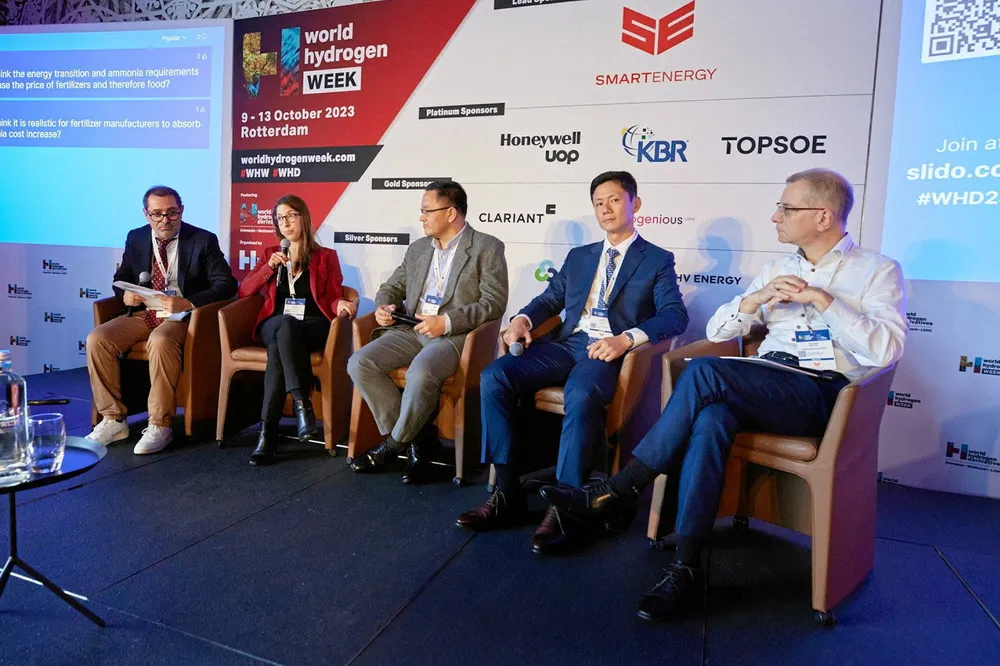Fertiliser production is an obvious use case for green hydrogen, so why are producers more likely to want blue?
The amount of money a farmer is willing to pay is 'the number-one factor' being considered by manufacturers, World Hydrogen Week told

The amount of money a farmer is willing to pay is 'the number-one factor' being considered by manufacturers, World Hydrogen Week told
